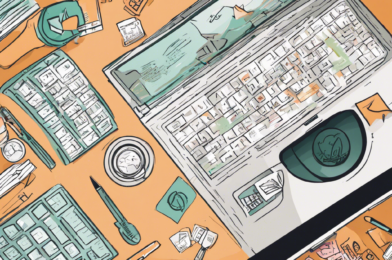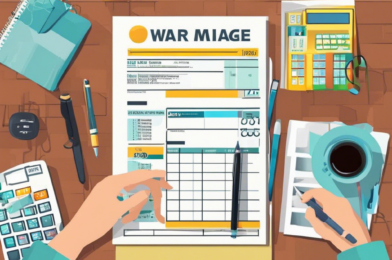Are you ready to take charge of your finances and make 2024 the year of financial success? Tracking your income, expenses, and savings is crucial for achieving financial stability, and budgeting apps can be powerful tools in this endeavor. With so many options available, we’ve handpicked the top five budgeting apps for 2024 to help you monitor your money like a pro. Let’s dive in and explore these fantastic resources!
1. Mint: The Classic Choice for Comprehensive Budgeting
Mint is a household name in the world of budgeting apps, and for good reason. Owned by Intuit, the financial software giant, Mint offers an all-in-one solution for your money management needs. With Mint, you can easily create budgets, track expenses, and view personalized financial insights. The app securely connects to your bank accounts, credit cards, and bills, providing a holistic view of your financial life. Its intuitive interface and customizable budgeting features make it a top choice for both beginners and seasoned budgeters. Say goodbye to manual data entry and hello to automated financial tracking!
2. YNAB (You Need A Budget): Transform Your Relationship with Money
YNAB takes a unique approach to budgeting by encouraging users to break free from the traditional paycheck-to-paycheck cycle. This app teaches users to give every dollar a job, promoting mindful spending and saving. With YNAB, you’ll learn to prioritize expenses, plan for the future, and roll with the punches when unexpected costs arise. The app’s goal-oriented framework helps you stay motivated and engaged in your financial journey. If you’re looking for a budgeting philosophy that goes beyond tracking expenses, YNAB is the perfect companion.
3. PocketGuard: Keep an Eye on Your Spending
PocketGuard is your personal money assistant, ensuring you have a clear understanding of your financial situation. This app focuses on helping you avoid overspending and identify areas where you can save more. PocketGuard categorizes your income and expenses, providing a simple overview of your spending habits. Its user-friendly interface and real-time expense tracking make it easy to stay on top of your finances. Say goodbye to financial surprises and hello to a healthier relationship with your money!
Stay tuned as we explore two more budgeting apps that will revolutionize your financial management!








